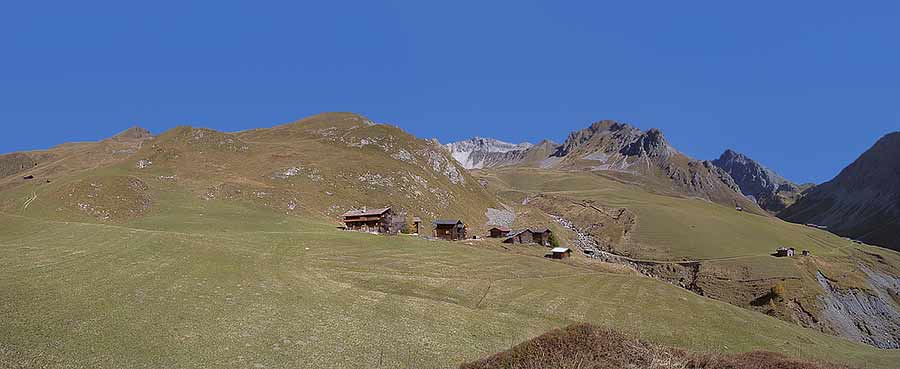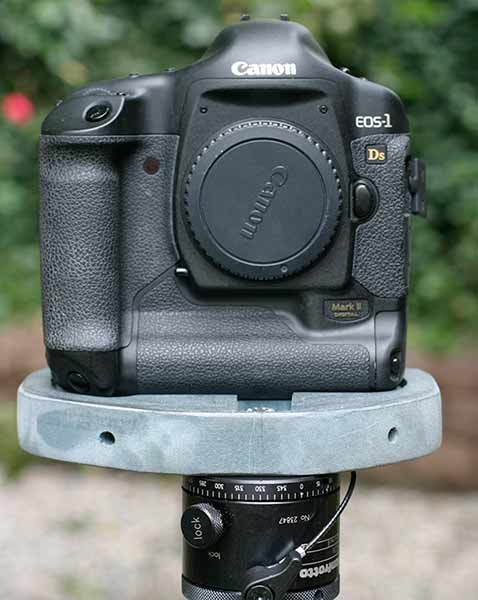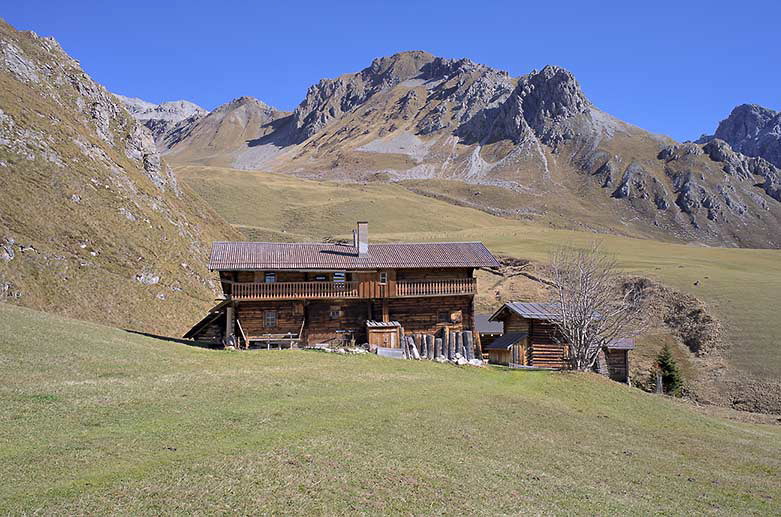Asher
Zoomify; yep the people there are real....
the place is at 6700 feets, somewhere in the swiss alps, with little chalets and barns, built some 300 years ago. Still no electricity, water just outside the houses, not all people like it..but the cell-phones work

The farmer used in the old days the chalets just temporarly; so it wasn't setteled all the year. Plus it's a place where the structure of the houses and the "villages" isn't dammaged by silly remouldings, hotels, etc, and off course not overcrowded, as no tourist goes there; it takes 2 hours by feet to get there. No, it's not a national parc, but "by nature" only a few people go there.
As a freind of mine is having one, I quite like to enjoy its calm, its quiteness; a good place to relax, after stressing working weeks.
As for the light; I think it's ok, that late autumn light is very smooth; and usually not very contrasty. Hmm, Panorama of clouds; that sounds like a good idea for changing the "wallpaper look", need some panos of clouds first; not easy, as they move; in "normal" pano's, I delete the clouds controllpoints, as they disturb the correct image geometry with their movements.
Ray, >think stitching may also flatten more horizontal scenes, compared to a wide angle lens view < I don't think so; stiching avoids in that case, aka cylindrical stitch, rather the ultrawide-effect.
I sometimes feel like seeing a "Heidiland-look"; which I don't like. But maybe; I' m just overdone with that stuff.
The shots for the stitches themselves are done pretty fast; about a minute, once everything is set-up properly. Most important is to find a good camera position; off course. The stitching itself, after the RAWconversion is pretty fast; about 10 minutes with a fast box, if the setup is fine.
John; >I see more and more photgraphers are using 50mm lenses for multi-row panos<
thats because you have - qualitywise - much better images with it, than using ultrawides: better contrast, definition, less CA, etc.
Good fun with the NN!
At the beginning, it takes a while to get used to that stuff; but once your familiar with it....
On jobs too, now I avoid usually everything less than 24 mm (on FF), and prefer stitching with better lenses. It's a accumulation of image data = information as well; as one has not 17 MP, but maybe 50 or hundert at disposition.
If someone wants really collect data, for high detailstitches, thats the way to go. Or even take a 100 mm macro....
But as this is much more work in post, - 5 rows with 10 images each, go figure ! -
I personally don't mind to have other options as well, as long as the lens quality is good.
The distagons are splendid for that purpose! 3 vertical shots of its 28 mm provide a good image with > 90 degrees, at very low postproduction.
























